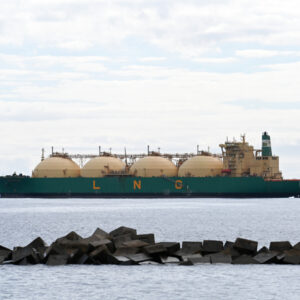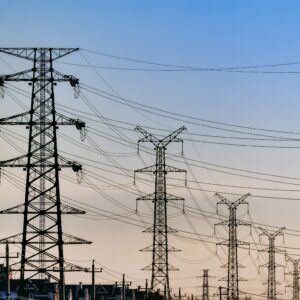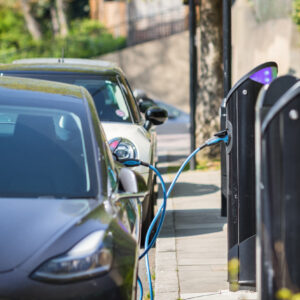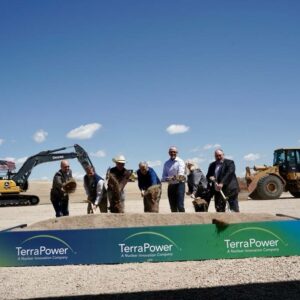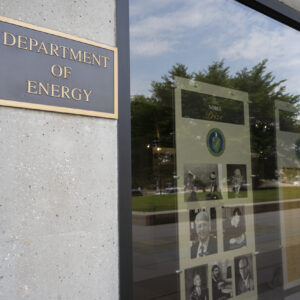While more reforms will be needed, the Energy Permitting Reform Act of 2024 is a good start.
Author: Nick Loris
LNG Exports: The Economic, Environmental and National Security Trifecta
It is time for the administration to press unpause on LNG exports and restore confidence in the market and America’s allies that we are a secure, reliable energy trading partner.
AI Can Help Keep the Lights On, But We Still Need Better Policy
AI will help improve energy markets in meaningful and unpredictable ways, but consumer-focused energy policies are essential to capitalize on America’s energy abundance and to drive energy innovation forward.
Chevron is Dead. It’s Time for Congress to Look Alive
While the killing of the Chevron deference by the Supreme Court is a momentous step in the right direction, the real impact will come when elected policymakers step up and do their jobs.
Arkansas Just Banned 12 Financial Institutions. Now Taxpayers are at Risk
Let's get back to conservative principles that value financial prudence, limited government intervention, and more competition all to the benefit of taxpayers.
American R&D Investment Nosedives from Tax Policy Change
Making immediate expensing a permanent fixture of the tax code would provide businesses with the confidence and stability needed to undertake ambitious, forward-thinking R&D projects and investments in more energy efficient equipment.
Advanced Nuclear Reactor Breaks Ground in Wyoming: Can it be the First of Many?
If Washington can do its job by fixing broken nuclear energy policies, TerraPower should be the first of many advanced reactor deployments in the U.S.
New Map Shows Geothermal Energy’s Potential for Abundant, Clean Power
Project InnerSpace’s GeoMap™ will be an essential resource for the acceleration of geothermal energy as a clean, reliable energy source across the globe.
How FESI Can Help Advance Transformative Energy Technologies
With bipartisan support and collaboration, FESI can harness the expertise at the national labs and in the private sector, using private money, to achieve greater levels of economic prosperity and environmental progress.
What’s Going on with Electric Vehicles?
Both the left and the right should be troubled by the economic cost, inequity, and environmental futility of EV subsidies.
Copyright © 2020 Conservative Coalition for Climate Solutions

